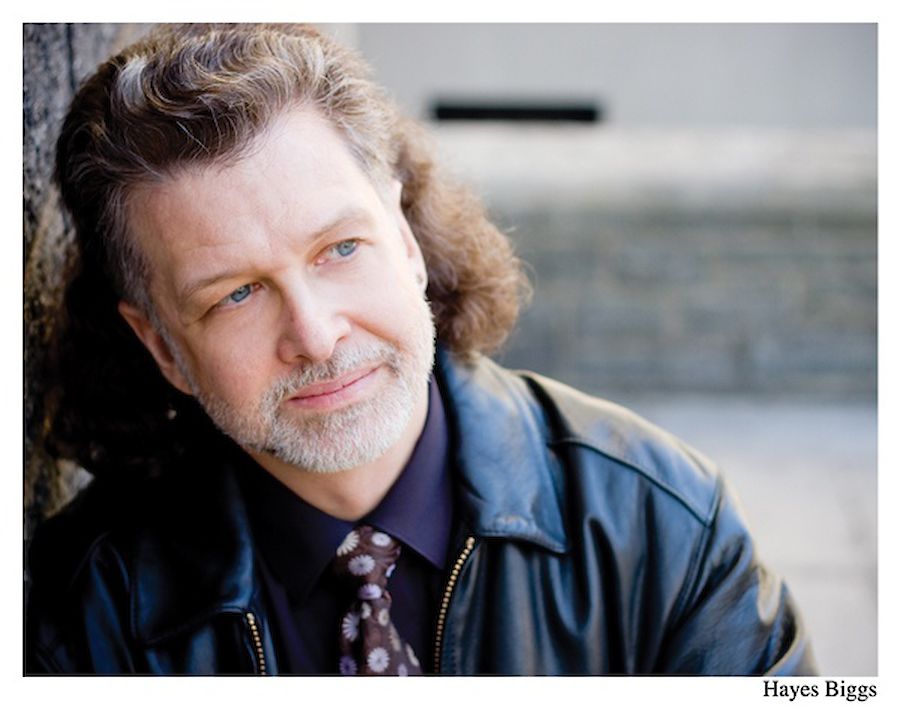Wednesday, March 4th 2015
8:00 PM
Rolf Schulte Tribute Concert
Location: Merkin Concert Hall at the Kaufman Music Center
Hayes Biggs was born in Huntsville, Alabama in 1957 and raised in Helena, Arkansas. He holds the Doctor of Musical Arts degree in composition from Columbia University. His teachers include Mario Davidovsky, Jack Beeson, Fred Lerdahl, Donald Erb, and Don Freund. Biggs has received fellowships and commissions from, among others, the Composers Conference and Chamber Music Centerat Wellesley, the Tanglewood Music Center, Yaddo, the MacDowell Colony, the American Composers Forum, the Jerome Foundation,the Mary Flagler Cary Charitable Trust, the Fromm Music Foundation at Harvard, the John Simon Guggenheim Memorial Foundation and Copland House. Since 1992 he has been on the faculty of the Manhattan School of Music. His music is published by APNM, C. F. Peters Corporation and Margun Music.
Jacob wrestling is roughly 7 minutes long, and scored for narrator, soprano and mezzo-soprano soloists, clarinet (doubling bass clarinet), 2 saxophones, percussion (1 player) and piano. The singers sing only in Hebrew, their vocal lines derived almost entirely from the traditional chant used for this portion of the Torah, while the narration is in English, freely adapted from the King James and Revised Standard Versions of the Bible. On the eve of reconciling with his long estranged twin brother Esau, Jacob is described as wrestling with what has traditionally been assumed to be an angel or similar supernatural being, though the original Hebrew refers to him only as “a man.” Jacob is rewarded for “striving with God and with man,” and given the new name “Israel.”
From the Lamentations of Jeremiah the Prophet, written in 2002, is scored for soloists – 2 sopranos, mezzo-soprano, 2 altos, tenorand bass), mixed chorus, finger cymbals and piano 4 hands. The texts are largely drawn from the King James version of the Bible, but I have retained the traditional Latin of the Roman rite in the incipit and certain other spots, often as a “shadow” text, and I also make use of another liturgical custom beloved of composers, that of setting the initial Hebrew letters that are used as headingsfor each verse. The musical vocabulary ranges from the coolly lucid abstraction of those settings to much more intensely lyrical and dramatic writing for the voices, with liberal quotation of traditional chant sources.
